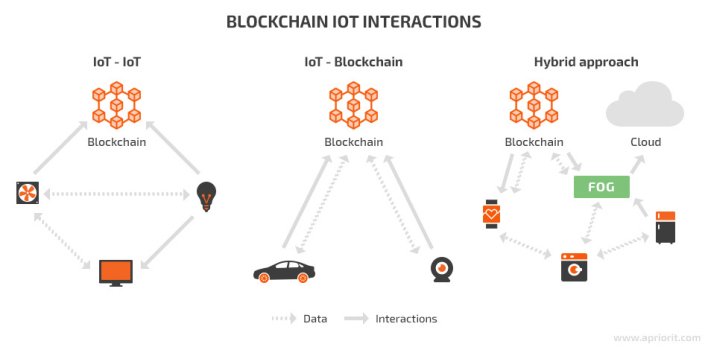Over the past year or two, we’ve talked about blockchain in combination with the Internet of Things numerous times. But to really understand how the blockchain can help improve device security and the IoT experience, you first have to understand what the blockchain is.
With that in mind, here’s a brief overview along with some examples, so you don’t get lost in all the buzzwords.
Blockchain 101
When most people hear the word “blockchain” these days, they typically associate it with cryptocurrency. Those are the digital coins or tokens you likely hear about on a near-daily basis, such as Bitcoin, Etherium, and yes, even Dogecoin.
In fact, those digital coins and tokens are simply applications that use blockchain for transaction history. When you buy, sell, or trade such digital currencies, a public record is added to a digital ledger that records the transaction.
And at its most basic level, that’s what a blockchain is, a database of stored information. But that database is different from most others because it’s completely distributed. There’s no central database server. Instead, the data is replicated across the internet as a peer-to-peer list, or chain, of transactional blocks.
Continue reading: https://staceyoniot.com/blockchain-101-how-distributed-trusted-data-can-boost-the-iot/
With that in mind, here’s a brief overview along with some examples, so you don’t get lost in all the buzzwords.
Blockchain 101
When most people hear the word “blockchain” these days, they typically associate it with cryptocurrency. Those are the digital coins or tokens you likely hear about on a near-daily basis, such as Bitcoin, Etherium, and yes, even Dogecoin.
In fact, those digital coins and tokens are simply applications that use blockchain for transaction history. When you buy, sell, or trade such digital currencies, a public record is added to a digital ledger that records the transaction.
And at its most basic level, that’s what a blockchain is, a database of stored information. But that database is different from most others because it’s completely distributed. There’s no central database server. Instead, the data is replicated across the internet as a peer-to-peer list, or chain, of transactional blocks.
Continue reading: https://staceyoniot.com/blockchain-101-how-distributed-trusted-data-can-boost-the-iot/

